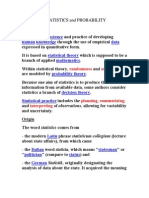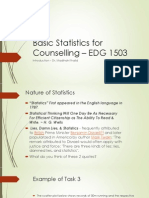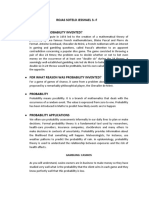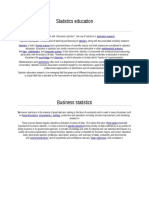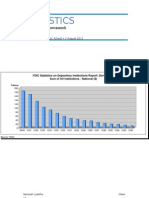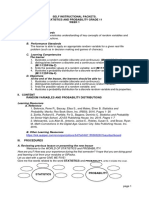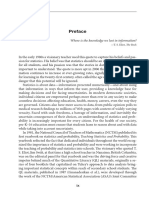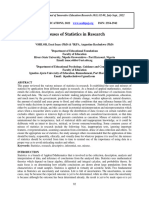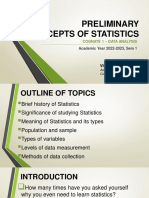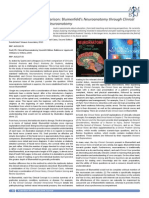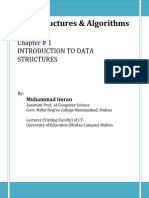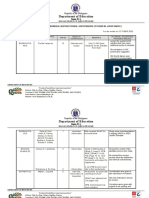Marielle A.
Ponteras 10 Galilei
Submitted to: Mr. Rizaldo Isales
Performance Task #1 – Quarter 3
In everyday life, probability and the capacity to recognize and evaluate the
possibility of any given set of outcomes versus one another are extremely significant.
People engage in a variety of tasks that include probability and chance, whether they
recognize it or not. The term "probability" in statistics refers to the likelihood of something
occurring. The likelihood of an event occurring from a large number of possibilities. A set
is a group of distinct objects. The pieces that comprise the set are referred to as elements.
The sum of sets and subsets is used to define probability. In daily English, the term
"probable" is frequently used to mean "likely."
More data on our everyday lives is collected in the twenty-first century than ever
before. We can readily examine and comprehend ever greater datasets as computers get
more powerful. Statistical analysis is becoming increasingly crucial in many scientific
domains, allowing us to properly comprehend and convey ideas not only to our peers, but
also to the general public. Statistics indicating the disastrous impact on people are
frequently cited in news reporting on health and disease. The global media provides us
with regular information on the Covid-19 outbreak and fatality rate. If the news just cites
the number of individuals who have the sickness or have died from it, it is an intriguing
information; nevertheless, it may not have any meaning in your life. People have a greater
understanding of how a sickness may affect them personally when numbers are included.
Statistics in social science are both a science and an art form. It is used to exhibit and
compare data visually using histograms, pie charts, and other graphs. It is used to monitor
and enhance the quality of a company's goods and operations. Statistical analysis is
critical for the development of social science hypotheses since it is used to assess their
validity against real-world data. Statistics are used in political science to analyze and
forecast data on presidential elections and political parties, public opinion and voting,
social media for policy promotion, and so on. Polls are conducted by presidential and
prime ministerial candidates to establish their campaign strategy. Many political
consultants have created models to forecast election victors. The list of applications is
endless.
Almost every day, you utilize probability to organize your day around the weather.
Meteorologists cannot forecast the weather accurately, therefore they utilize techniques
and equipment to assess the possibility of rain, snow, or hail. They compute using a
percentage. Probability is also use by athletes and coaches to find the optimal sports
strategy for games and tournaments. The individual chooses the probability based on the
player's performance in the previous match. For instance, a baseball player with a 400
batting average is more likely to get a hit. Moreover, when we play board, card, or
electronic games, we leverage probability. All of these games are based on chance or
luck. Probability assists a player in determining what is at risk and how the player want to
play the game.
� Large datasets cannot be easily processed by hand, but statistical software has
made data processing more accessible in recent decades.
